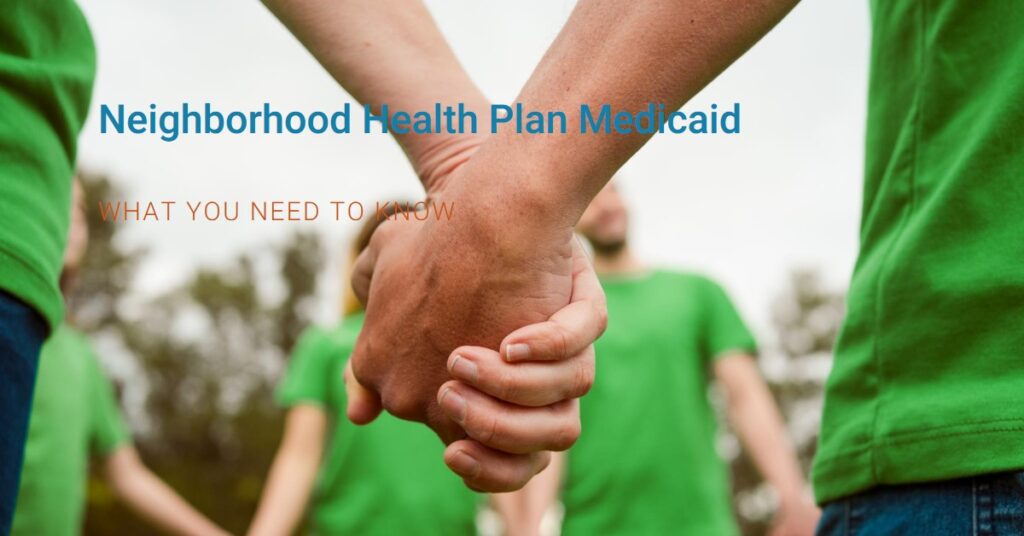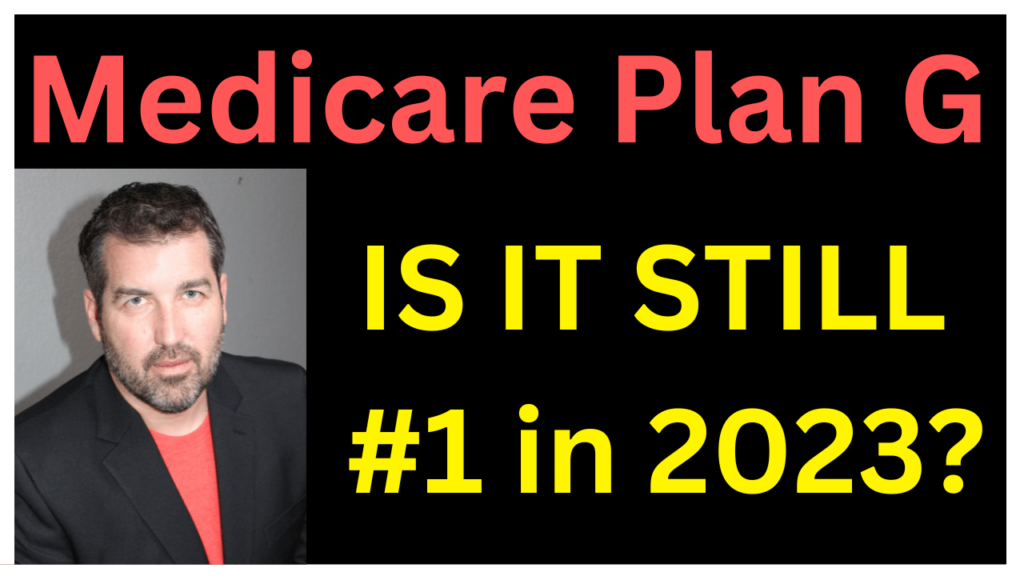What Services Are Covered by Neighborhood Health Plan’s Medicaid Plans
Neighborhood Health Plans Medicaid plans provide a comprehensive spectrum of services aimed at meeting the diverse health needs of its subscribers. Some of the crucial services include preventative and immediate care such as regular check-ups, immunizations, prescriptions, and an extensive network of specialty care. Moreover, the plan encompasses additional services such as mental health and substance use disorder services, and obstetrics and gynecology for a more holistic approach to health.
Also incorporated within the scope of its coverage are several necessary ancillary services. These include laboratory diagnostic services, radiology, physical therapy, and necessary medical equipment. To ensure the health and well-being of all age groups, this plan provides pediatric services, including vision and dental care. Therefore, the Neighborhood Health Plan’s Medicaid plans provide a well-rounded, extensive coverage, designed with the subscribers’ health and wellness in mind.
What Is the Coverage Area for Neighborhood Health Plan’s Medicaid Plans
Neighborhood Health Plan’s Medicaid plans cater to a broad geographic reach spanning across different states in the United States. The primary coverage areas of these plans comprise major metropolises and their surrounding vicinities, including but not limited to states such as Massachusetts, Rhode Island, and parts of New Hampshire. They have aligned their healthcare network strategically to serve residents within these areas, ensuring efficient access to quality healthcare services.
Servicing urban, suburban, and some rural areas, Neighborhood Health Plan has built an expansive footprint across these states. The coverage area is also continually evolving based on regulatory permissions, the needs of the population, and the expanding healthcare infrastructure. Thus, potential enrollees are advised to check with the Neighborhood Health Plan to confirm if their specific area falls within the coverage zone. Understanding the coverage area is crucial in leveraging the comprehensive benefits that the plan offers.
What Is the Process for Requesting an Exception to Neighborhood Health Plan’s Medicaid Coverage
Initiating a request for an exception to the Neighborhood Health Plan’s Medicaid coverage can be a straightforward process when adhering to the established rules and protocols. In most cases, the individual must notify their primary care provider of their specific needs that are not currently covered under their plan. Accompanying this initial step is a requirement for supporting medical documentation. This means any medical reports or assessments that might strengthen the case for the individual’s need to have certain additional services covered under their existing plan.
After the necessary documents are compiled, the next step involves presenting this paperwork to the Neighborhood Health Plan for an in-depth review. The process usually consists of contacting the member services department and discussing the requested exception. The organization maintains an open line of communication and encourages members to make such requests when deemed necessary. It is important to include a detailed justification for the exception, along with the compiled medical documentation, to facilitate a comprehensive review and a conclusive decision.
Are There Any Exclusions or Limitations to Neighborhood Health Plan’s Medicaid Coverage
Like any health plan, the Neighborhood Health Plan’s Medicaid coverage has certain exclusions and limitations. These restriction areas are typically governed by state laws and federal regulations, further influenced by the specific policy of the healthcare provider. Some services or treatments may not be covered or maybe only partially covered, which often includes cosmetic procedures, weight loss treatments, and certain over-the-counter medications. Likewise, some prescription medications may not be covered if there are effective, cheaper alternatives available.
Additionally, coverage may have certain limitations such as maximum limits on the number of hospital days, outpatient therapy services, or specialist visits in a given year. It’s important to thoroughly understand these details, as exceeding these limits could lead to out-of-pocket costs. Each plan may also have an approved list of doctors and healthcare facilities, with treatments received outside of this network potentially not being covered or leading to higher copays. Therefore, it is advised that beneficiaries familiarize themselves with their plan’s terms and understand the associated exclusions or limitations.
How Long Does It Typically Take To Receive a Response to a Request for an Exception to Neighborhood Health Plan’s Medicaid Coverage
The timeline for receiving a response to a request for an exception to the Neighborhood Health Plan’s Medicaid coverage varies depending on several factors. Typically, once all requested documents and forms have been received, the norm is to deliver a response within 30 days. Applicants need to keep in mind that this is a general timeframe and not a guarantee, as individual responses can take longer under certain circumstances.
While this is the standard response time, it’s also worth noting that urgent requests may be expedited and processed within 72 hours. This is particularly relevant to situations where the individual’s health condition requires swift attention. Importantly, in such urgent cases, applicants must specify and provide evidence that a standard turnaround time could significantly jeopardize their health condition.
Are There Any Factors That Can Affect the Response Time for a Request for an Exception to Neighborhood Health Plan’s Medicaid Coverage
Yes, many factors can potentially influence the response time for a request for an exception to the Neighborhood Health Plan’s Medicaid coverage. A primary factor is the completeness of the information provided in the request. If any essential details are missing or found to be incorrect, it may lengthen the time for providers to process the application. This highlights the importance of careful filling out of forms and proper submission of required documents when requesting an exception.
On a related note, the complexity of the exception itself can also play a role in the decision-making timeline. For instance, if the exception request is related to a unique or rare medical condition or a relatively new or controversial treatment procedure, it could require a more thorough review, thus prolonging the response time. Another determinant may be the volume of requests the health plan is dealing with at any given moment. During periods of high demand, there might be a delay in processing exceptions.
How Can I Check the Status of My Request for an Exception to Neighborhood Health Plan’s Medicaid Coverage
Checking the status of a request for an exception to the Neighborhood Health Plan’s Medicaid coverage can be done straightforwardly. After you have submitted your exception request using the procedure stipulated by the Neighborhood Health Plan, you’ll have the ability to track its status. Depending on the system established by the health plan, you may be able to access this information online through a secure portal, or you may need to make a call to their customer service center.
When accessing your request status online, you’ll need to log into your account with Neighborhood Health Plan. Once logged in, you should be able to navigate to a section that details your exception request status. On the other hand, if you’re checking the status over the phone, make sure to have your reference number close by. The service representative will need this information to check your request status. By using either method, you will be able to monitor the progress of your request for an exception to the Neighborhood Health Plan’s Medicaid coverage.
What Document Do I Need for Neighborhood Health Plan Medicaid
Applying for Medicaid coverage through a Neighborhood Health Plan requires a series of important documents. This includes proof of citizenship or immigration status, a document providing proof of your identity, and verification of your state residency. In addition, applicants must provide proof of income, which could be in the form of pay stubs, tax returns, or a letter from their employer. Documentation regarding any other medical coverage you might have is also vital to complete the process.
The documentation isn’t limited to the point of application alone. Throughout your coverage with Neighborhood Health Plan’s Medicaid, updates to the document may be required periodically. For instance, income changes or changes in household size need to be reflected in your Medicaid documentation. Thus, keeping these documents current and readily available will make the process smoother and may expedite your application or renewal process.
What Information Do I Need To Provide When Applying for Neighborhood Health Plan’s Medicaid
While applying for Neighborhood Health Plan’s Medicaid, several pieces of information are crucial to ensure a smooth and successful application process. The primary necessary document is accurate information about your annual income. It’s crucial to provide your pre-tax income, including any sources of income like employment wages, unemployment benefits, Social Security benefits, pensions, and any other income sources. You would also need details of your current health insurance if any.
In addition to your income information, you must also provide proper identification. A government-issued ID like a passport or driver’s license is typically accepted. Furthermore, you’ll need your Social Security Number and information about your citizenship status. For non-citizens applying, details about their immigration status will be required. When it comes to dependents under your care, such as children or elderly family members, you should provide their Social Security Numbers and birth certificates. Remember, the provision of accurate and complete information expedites your application process.
What type of information is required when applying for Neighborhood Health Plan’s Medicaid?
You’ll need to provide detailed personal information, including your full name, date of birth, address, and social security number. Financial information such as income and asset details will also be required. The necessary documents could include tax returns, pay stubs, and bank statements.
What services does the Neighborhood Health Plan’s Medicaid cover?
The plan typically covers a comprehensive range of healthcare services including primary care, hospital services, prescription medicines, mental health services, and preventive care.
Where is the coverage area for Neighborhood Health Plan’s Medicaid?
The coverage area typically depends on the specific plan you’re enrolled in and your state. For accurate information, it’s best to contact Neighborhood Health Plan directly.
What is the procedure for requesting an exception to Neighborhood Health Plan’s Medicaid coverage?
The process usually involves submitting a detailed request to the insurance provider, and explaining why the exception is necessary. The provider might require additional documentation to support your request.
Are there any exclusions or limitations to Neighborhood Health Plan’s Medicaid coverage?
Yes, there could be certain exclusions or limitations. These may depend on the specific plan you’re enrolled in. Coverage details should be thoroughly reviewed in the plan’s benefits handbook or by contacting Neighborhood Health Plan directly.
How long does it usually take to get a response to a request for an exception to the Neighborhood Health Plan’s Medicaid coverage?
The response time can vary depending on several factors, including the complexity of the request and the volume of requests the provider is currently processing. Generally, you can expect a response within a few weeks.
Are there any factors that can affect the response time for a request for an exception to the Neighborhood Health Plan’s Medicaid coverage?
Yes, the response time can be affected by several factors, including the completeness of the information provided in the request, the complexity of the case, and the current volume of requests the provider is processing.
How can I check the status of my request for an exception to the Neighborhood Health Plan’s Medicaid coverage?
You can usually check the status of your request by contacting Neighborhood Health Plan directly, either through their customer service hotline or via their online portal if one is available.
What documents do I need for Neighborhood Health Plan Medicaid?
Generally, you will need identification documents like a driver’s license or passport, proof of income such as pay stubs or tax returns, and proof of citizenship or immigration status. The exact documents required can vary, so it’s best to check with Neighborhood Health Plan directly.


